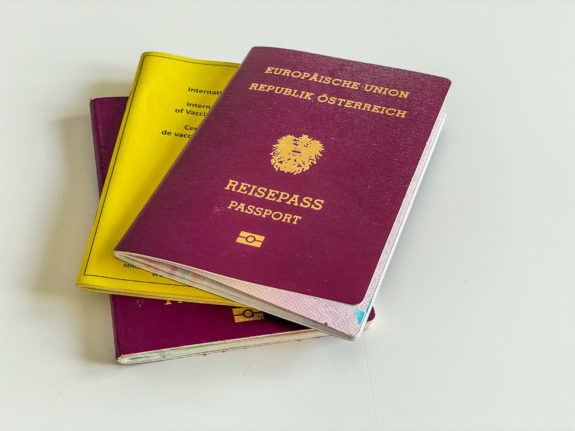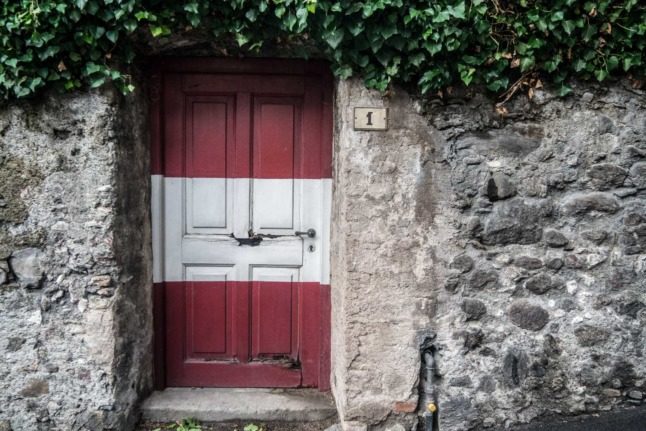Becoming a citizen of another country is a big decision, especially in a country with many requirements, rules and fees like Austria. For example, in order to apply for naturalisation, you need to have lived in Austria for at least six years (or up to ten in some cases) and must meet another range of criteria.
The requirements fall into several broad categories, one of which is that you must have no criminal convictions and there are no pending proceedings against you.
READ ALSO: EXPLAINED: Who is entitled to Austrian citizenship by descent and how to apply for it?
Additionally, people who have received one or more administrative penalties in Austria are also barred from applying for at least five years if at least one of those penalties incurred fines of more than €1,000.
Administrative violations include drinking and driving, running a red light or stop sign and, yes, speeding. If your speeding fine totalled more than €1,000, – meaning you have likely been well beyond the speed limit – you need to pay it and wait five years before applying for citizenship.
How high are speeding fines in Austria?
There are no specific amounts that people need to pay for each offence. Instead, the law stipulates a range, and a judge will decide on a case by case basis.
Exceeding the maximum speed limit will result in a fine from €300 to €5,000 with the amount depending on aggravating factors such as how far above the speed limit the driver was and whether they had previous speeding offences.
READ ALSO: Does Austria have a street car racing problem?
Other offences that can lead to fines of more than €1,000 include driving with an alcohol content above the limit, driving in dangerous conditions such as by participating in illegal street races, failing to stop to provide assistance after a traffic accident and others.
Other requirements
Being “blameless” is just one requirement for naturalisation in Austria. The applicant must also prove that they speak German to an adequate degree and that they are integrated (they need to show a German certificate and pass a citizenship test).
Additionally, you are barred from applying for citizenship if you have received minimum income support for more than 36 months within the last six years.
You (or your partner) also need to have a regular income at the moment of application that “sufficiently secures your livelihood”. For a single person living alone, this means your net monthly income minus regular monthly expenses (such as rent and loan payments) needs to be higher than €1,030.49 (2022 numbers).
If the person has one child, the amount goes up to €1,189.49.
READ ALSO: How much do you need to earn for a good life in Austria?
Those are very high standards in a country where the average net income is €2,161.99 and rent for a one-bedroom apartment in the Vienna city centre averages €915. Furthermore, there are also costs to the citizenship process. In the capital, people can expect to pay between €1,200 and €1,500 for the bureaucracy – not adding values for any translation needed, for example.
Finally, a significant requirement, one that certainly puts off many, is that the person naturalising must give up their original citizenship. This is because Austria will only accept dual citizenship after naturalisation in extremely rare cases.
READ ALSO: Austrian citizenship: Do you really have to renounce your original nationality?



 Please whitelist us to continue reading.
Please whitelist us to continue reading.
Member comments